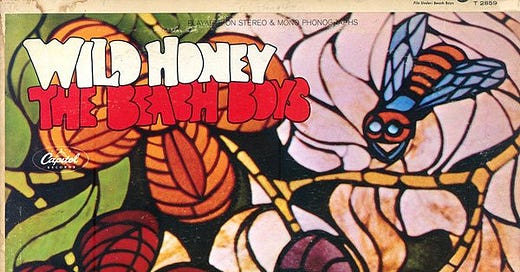The Beach Boys built their mansions in the clouds on selling the idea of California's "endless summer" to the rest of America, and no chamber of commerce could have done a more masterful promotion. The band first hit the charts in 1962 with "Surfin' Safari," the same year that California surpassed New York as the most populous of the United States, with just over 17 million people; it peaked in 2020, with an eyelash short of 40 million.
National magazines, then more influential than television, portrayed Southern California as the wave of the future, where all trends started and spread eastward: Convertible cars, air conditioned houses, toll-free highways known as "freeways." Buff guys and bikini gals working out on the beach, the fad of mooning, affluent teenage drug use, surfboards. . . “swimming pools, movie stars.”
The last two items are from the "Ballad of Jed Clampett," played by Lester Flatt and Earl Scruggs, as the introduction to each episode of The Beverly Hillbillies, in whi…
Keep reading with a 7-day free trial
Subscribe to Critical Conditions by Wayne Robins to keep reading this post and get 7 days of free access to the full post archives.



